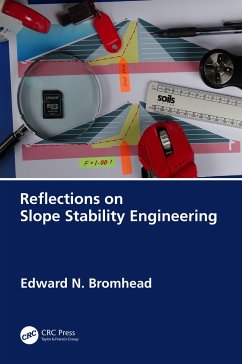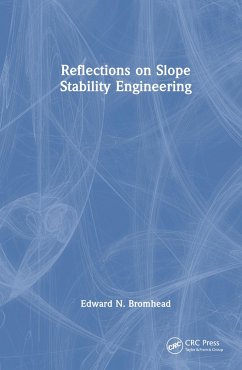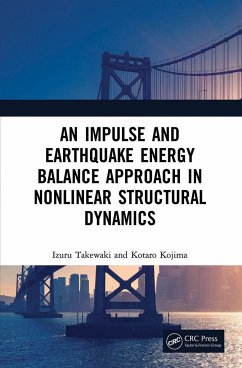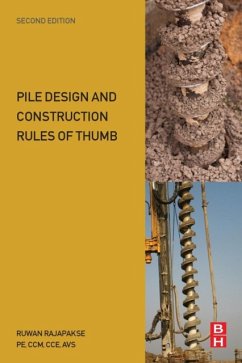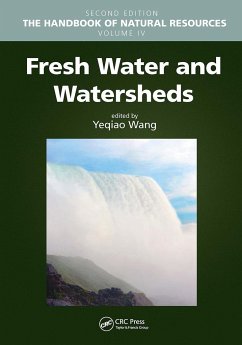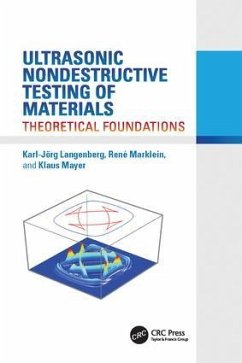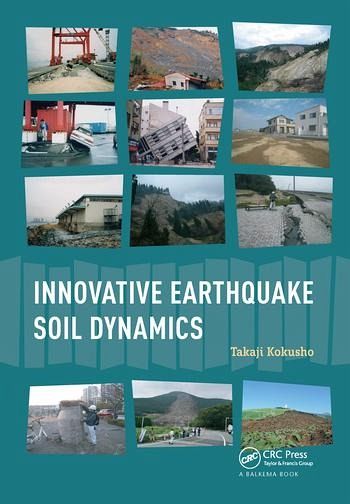
Innovative Earthquake Soil Dynamics
Versandkostenfrei!
Versandfertig in 6-10 Tagen
53,99 €
inkl. MwSt.
Weitere Ausgaben:

PAYBACK Punkte
27 °P sammeln!
Innovative Earthquake Soil Dynamics deals with soil dynamics in earthquake engineering and includes almost all aspects of soil behavior. Both generally accepted basic knowledge as well as advanced and innovative views are accommodated.Major topics are (i) seismic site amplification, (ii) liquefaction and (iii) earthquake-induced slope failure. Associated with the above, basic theories and knowledge on wave propagation/attenuation, soil properties, laboratory tests, numerical analyses, and model tests are addressed in the first part of the book. A great number of earthquake observations in surf...
Innovative Earthquake Soil Dynamics deals with soil dynamics in earthquake engineering and includes almost all aspects of soil behavior. Both generally accepted basic knowledge as well as advanced and innovative views are accommodated.
Major topics are (i) seismic site amplification, (ii) liquefaction and (iii) earthquake-induced slope failure. Associated with the above, basic theories and knowledge on wave propagation/attenuation, soil properties, laboratory tests, numerical analyses, and model tests are addressed in the first part of the book. A great number of earthquake observations in surface soil deposits as well as case histories with new findings are addressed in the later chapters, together with associated laboratory test data. Most of the research results originate from Japan, which is rich in earthquake records and case histories, although mostly isolated from the outside world because of the language barrier.
Another importantfeature characterizing this book is an energy perspective in addition to the force-equilibrium perspective, because it is the author's strong belief that energy is a very relevant index in determining seismic failures, particularly of soils and soil structures.
Innovative Earthquake Soil Dynamics is written for international readers, graduate students, researchers, and practicing engineers, interested in this field.
Major topics are (i) seismic site amplification, (ii) liquefaction and (iii) earthquake-induced slope failure. Associated with the above, basic theories and knowledge on wave propagation/attenuation, soil properties, laboratory tests, numerical analyses, and model tests are addressed in the first part of the book. A great number of earthquake observations in surface soil deposits as well as case histories with new findings are addressed in the later chapters, together with associated laboratory test data. Most of the research results originate from Japan, which is rich in earthquake records and case histories, although mostly isolated from the outside world because of the language barrier.
Another importantfeature characterizing this book is an energy perspective in addition to the force-equilibrium perspective, because it is the author's strong belief that energy is a very relevant index in determining seismic failures, particularly of soils and soil structures.
Innovative Earthquake Soil Dynamics is written for international readers, graduate students, researchers, and practicing engineers, interested in this field.






